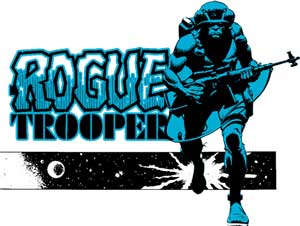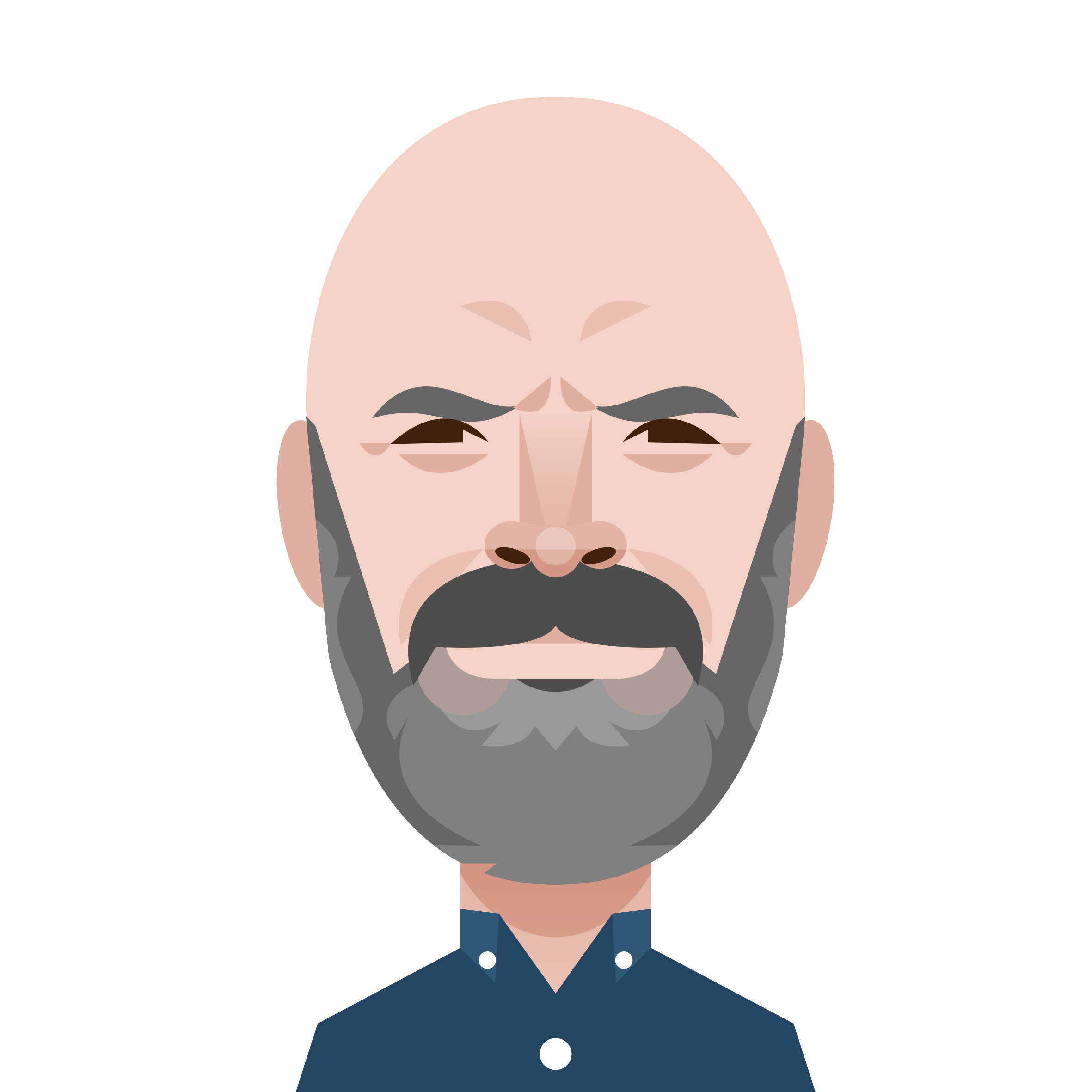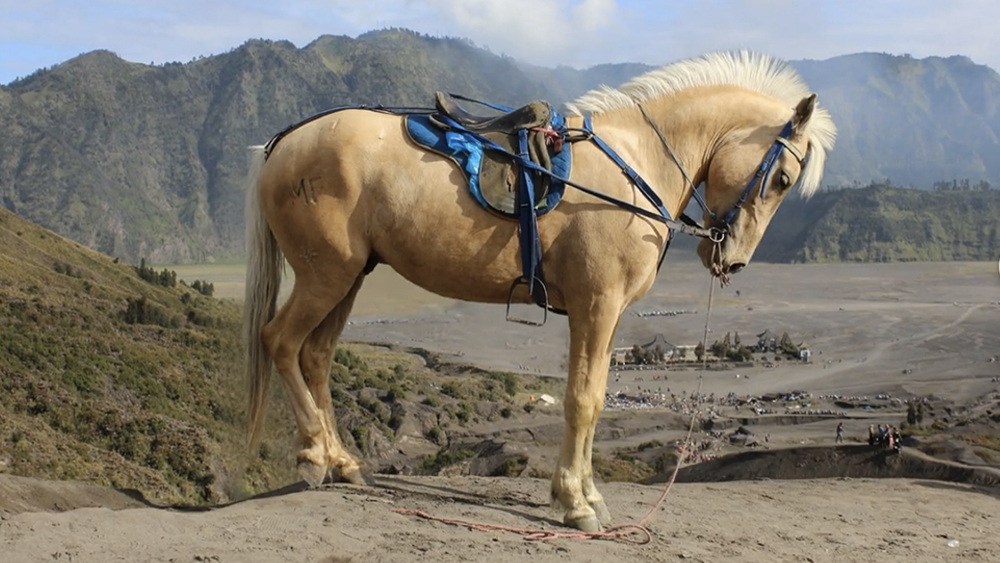5 jaw-dropping CG movie moments
We celebrate five of cinema’s greatest computer generated moments, in the latest in our series sponsored by HP ZED. Did your favourite make the list?
As movie fans you live for those moments of magic, those moments where you're transported to another world, where you're scared out of your wits, or maybe where you're simply forced to question things that you've never questioned before. In the last 25 years the continued developments in visual effects have helped movies become more visceral, and we've now reached a point where the real and imagined are almost impossible to separate.
In this article we celebrate hallmark moments in visual effects, but not simply visual effects that signalled the progressive enhancement of the craft, but those that also combined a theatrical flourish which, when combined with CG, stunned audiences with their brilliance.
So sit back and enjoy our countdown of the top five jaw-dropping CG movie moments, and if you don't agree with our list then tell us what we've missed in the comments.
05. The Lord of the Rings: The Return of the King - The Great Battle
By 2004 Peter Jackson and the VFX wizards at Weta Digital had already bagged a sackful of Oscars for their work in the previous two installments of The Lord of the Rings trilogy, but they saved their best work for The Return of the King.
It's true that the effects work on Gollum, with Andy Serkis playing a key role, took the application of motion capture in VFX to a new level, but for full-on adrenaline and awe we've chosen The Great Battle as our stand out VFX moment in The Lord of the Rings series.
The Great Battle was the crowning achievement of Weta's MASSIVE program, which was created to generate automatic battle sequences, rather than having to model each individual character. Stephen Regelous developed the system in 1996, and in this scene you see exactly what it was capable of. So sit back, and enjoy.
04. The Abyss - the pseudopod
The Abyss won the 1990 Oscar for Best Visual Effects, and the movie featured a host of great VFX. But without a doubt, the VFX highlight was ILM's creation of the pseudopod, or water-alien-head-thing as we like to call it.
Daily design news, reviews, how-tos and more, as picked by the editors.
According to director James Cameron, "it was a leap of faith to use computer graphics" at the time, and the team was trying to create something that had never been achieved before. Techniques and software that had been honed by Cameron for the T-1000 liquid metal scenes in Terminator 2 were further improved upon for this memorable shot.
Heading up the technical team were project designer John Knoll, and computer graphics supervisor Jay Riddle, who ensured the iconic shot delivered on Cameron's vision.
03. Jurassic Park - the island reveal
Jurassic Park was packed with stunning visual effects, with director Steven Spielberg masterfully switching between CG and animatronic creations (famously built by Stan Winston Studios). But we're all about CG in this rundown, and if there's one shot that wowed audiences on its release in 1993, it was the reveal of the dino-packed island.
To create our featured scene the team used a custom program called SOCK (Surface Original with Continuous sKin), essentially building up the dinosaurs piece by piece. And to give the dinosaurs believable movement, another new tool called Envelope was employed.
Jurassic Park won an Oscar for its special effects work, completed under the direction of visual effects supervisor Dennis Muren, and in the process set a new benchmark in VFX.
02. Inception - world bending
Showcasing the best of British, the VFX for 2010's sci-fi thriller Inception were created by Double Negative, and were headed up by VFX supervisor and DNeg co-founder Paul Franklin.
Without giving any plot spoilers away, the 'dream within a dream' premise of the movie provided multiple opportunities for mind-bending effects, but nothing was more mind-bending than the scene where Paris literally folds in on itself.
Effects supervisor Nicola Hoyle was in charge of building the CG models of Paris, which were created using DNDynamite, a custom-built tool created as part of Autodesk's Maya. May Leung then led the animation effects, with modelers using reference photos and video that had been exhaustively shot prior to the VFX work taking place.
"The final [Oscar winning] sequence evolved over six months," Franklin explains. "We'd iterate and iterate and iterate again." And the end result? Breathtaking!
01. Gravity - ISS explosion
"Debris from the missile strike has caused a chain reaction, hitting other satellites and creating new debris, traveling faster than a high-speed bullet - up towards your altitude." This warning from Capcom marks the beginning of what, in our opinion, is the finest piece of CG work ever created.
All presented in a single shot, an awe-inspiring scene of destruction is unleashed onto the screen as the International Space Station is torn apart by space junk. Presented in a lengthy, continuous shot - a trademark of Gravity's director Alfonso Cuarón - we see the film's protagonists pummelled through space, as the camera pans around the unfolding catastrophe.
This Oscar-winning VFX work was produced by British studio Framestore, and you can read more about how it was all created here.
And five more effects you have to see!
The Avengers - HULK, SMASH!
VFX by ILM
Terminator 2 - T-1000
VFX by ILM
Avatar - The Battle for Pandora
VFX by ILM and Weta
The Day After Tomorrow - Manhattan Tsunami
VFX by Digital Domain
The Matrix - Bullet-time
VFX by Manex Visual Effects
Win a trip to Los Angeles!

Masters of CG is a competition for EU residents that offers the one-in-a-lifetime chance to work with one of 2000AD's most iconic characters: Rogue Trooper.
We invite you to form a team (of up to four participants) and tackle as many of our four categories as you wish - Title Sequence, Main Shots, Film Poster or Idents. For full details of how to enter and to get your Competition Information Pack, head to the Masters of CG website now.
Enter the competition today!

Over the last 20 years, Dan has edited a number of print magazines and websites, including Computer Arts, 3D World and ImagineFX, and has written for publications including the Sunday Times, the Guardian, the Manchester Evening News, Manchester United Magazine, T3, and many more. He has also worked as the digital editor of Creative Bloq's sister magazine, Wallpaper*.






